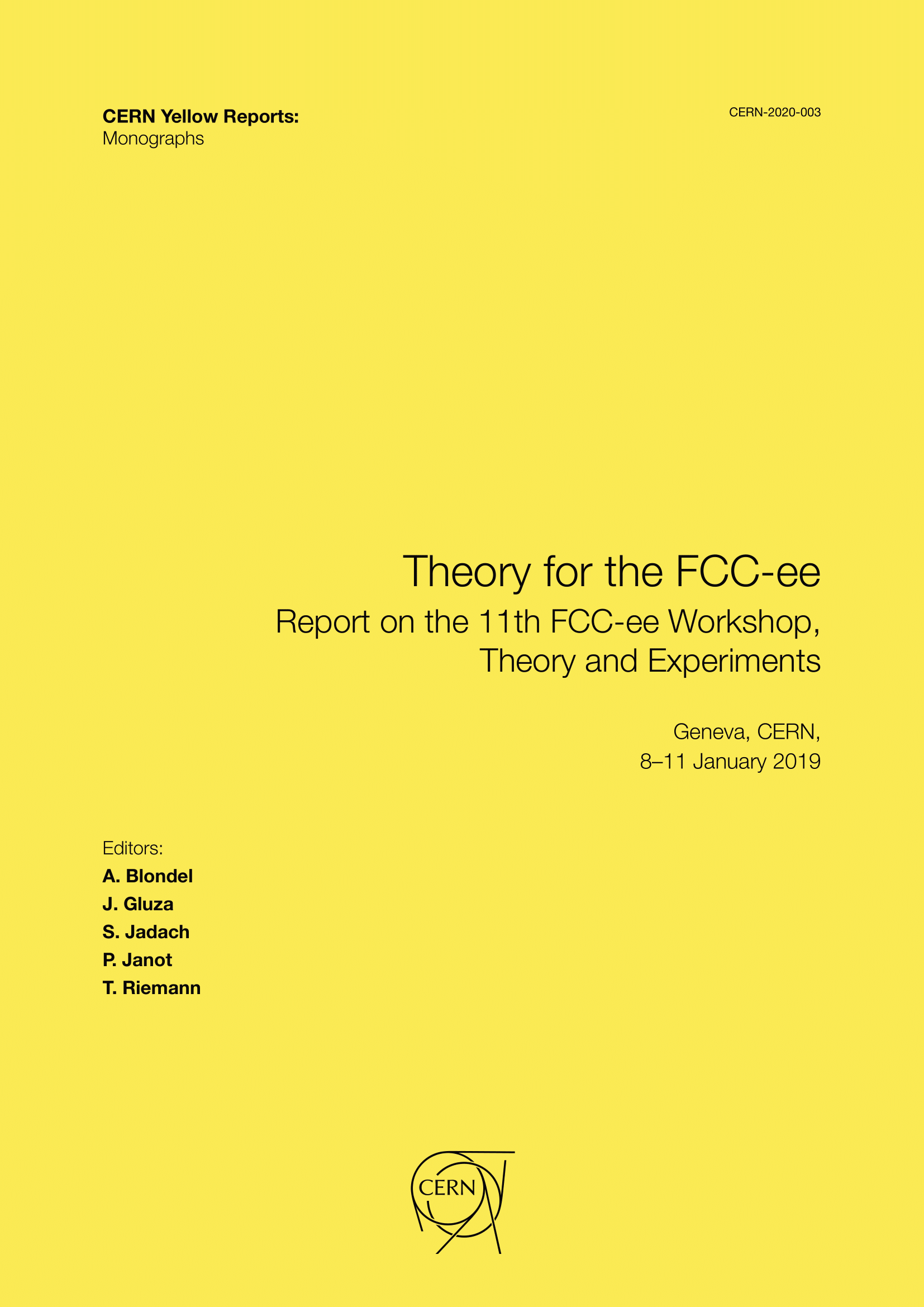Inclusion of mixed QCD–QED resummation effects at higher orders
DOI:
https://doi.org/10.23731/CYRM-2020-003.51Abstract
In this section, we review some recent results concerning the inclusion of mixed QCD–QED corrections in the computation of physical observables. First, we comment on the extension of the Dokshitzer–Gribov–Lipatov–Altarelli–Parisi (DGLAP) equations to deal with the presence of mixed QCD–QED interactions. We describe the calculation of the full set of higher-order corrections to the splitting kernels, through the Abelianization algorithm. This procedure al- lows us to build the functional form of the QCD–QED corrections, starting from pure QCD terms. As a practical application of this technique, we also explore the computation of fixed- order corrections to diphoton production, and the inclusion of higher-order mixed QCD–QED resummation effects to Z production. In both cases, we directly apply the Abelianization to the qT subtraction or resummation formalism, obtaining the universal ingredients that allow us to compute the aforementioned corrections to any process involving colourless and neutral particles in the final state.
Downloads
Published
Issue
Section
License
Authors who publish with this publication agree to the following terms:
- CERN retains copyright and publishes the work licensed under the Creative Commons Attribution License 4.0 that allows others to share the work with an acknowledgement of the work's authorship and initial publication in this series.
- Authors are able to enter into separate, additional contractual arrangements for distribution of the published version of the work (e.g., post it to an institutional repository or publish it in a book), with an acknowledgement of its initial publication in this series.
- Authors are permitted and encouraged to post their work online (e.g., in institutional repositories or on their website) prior to and during the submission process, as it can lead to productive exchanges, as well as earlier and greater citation of published work (See The Effect of Open Access).

